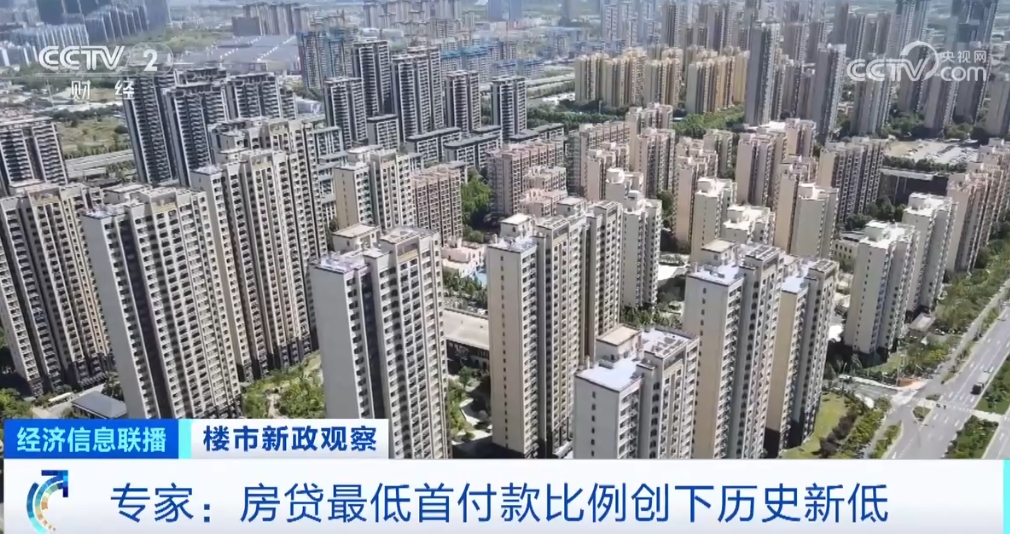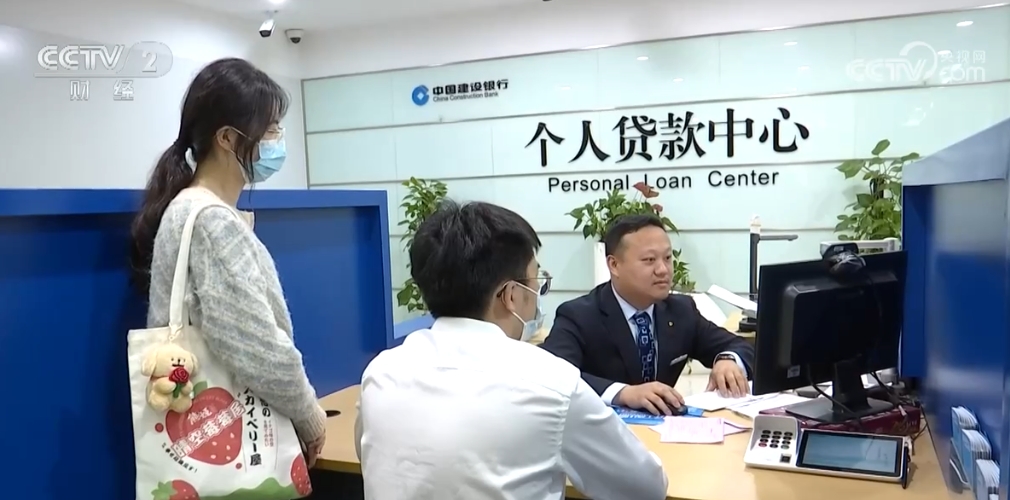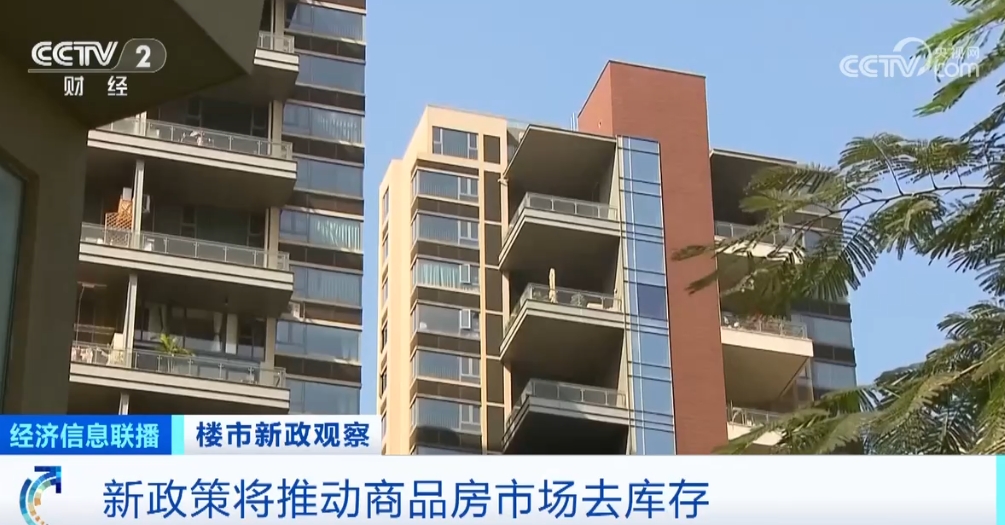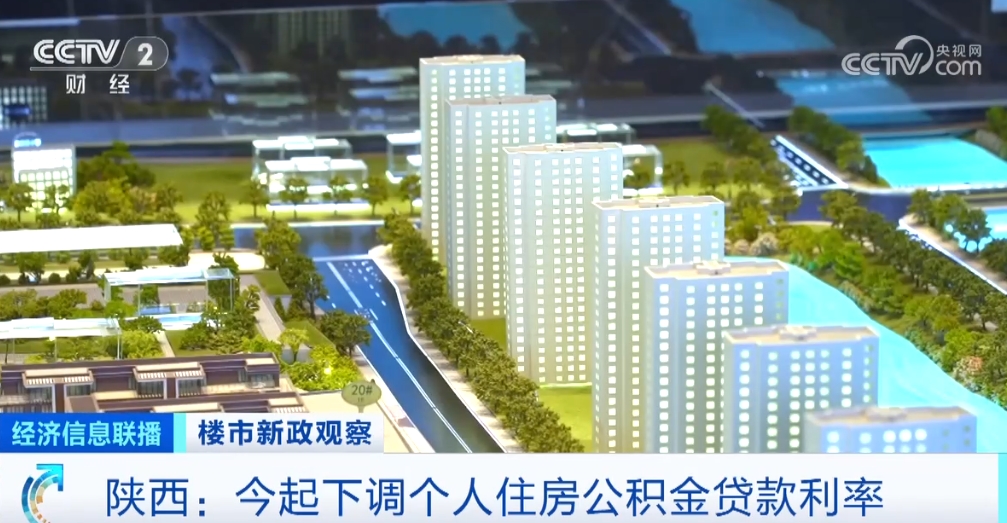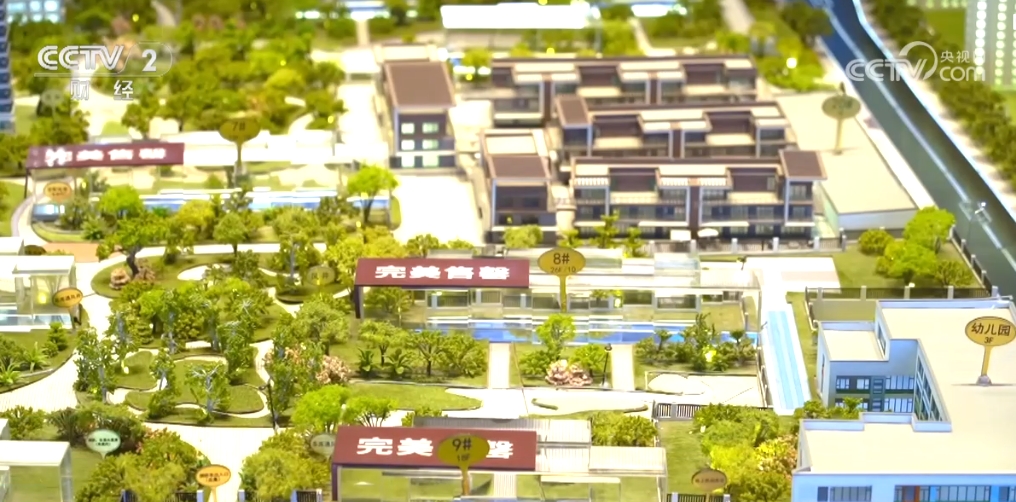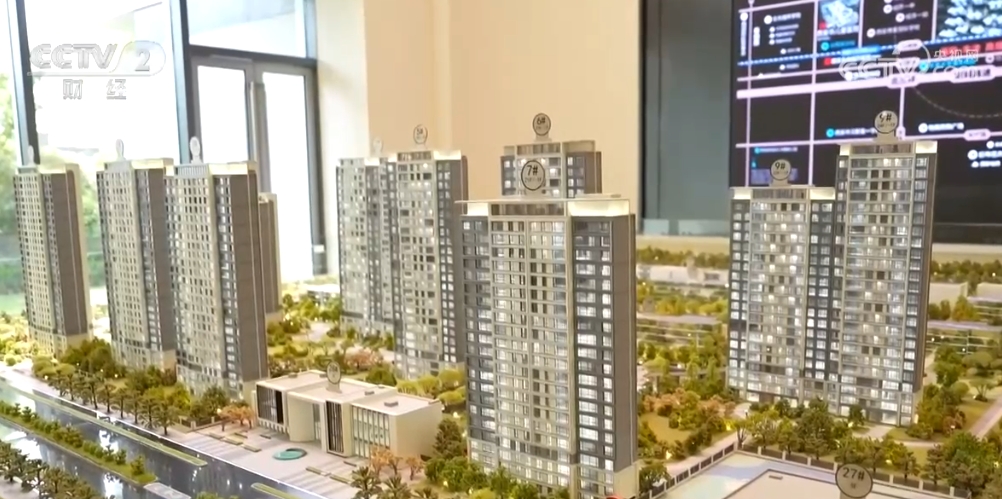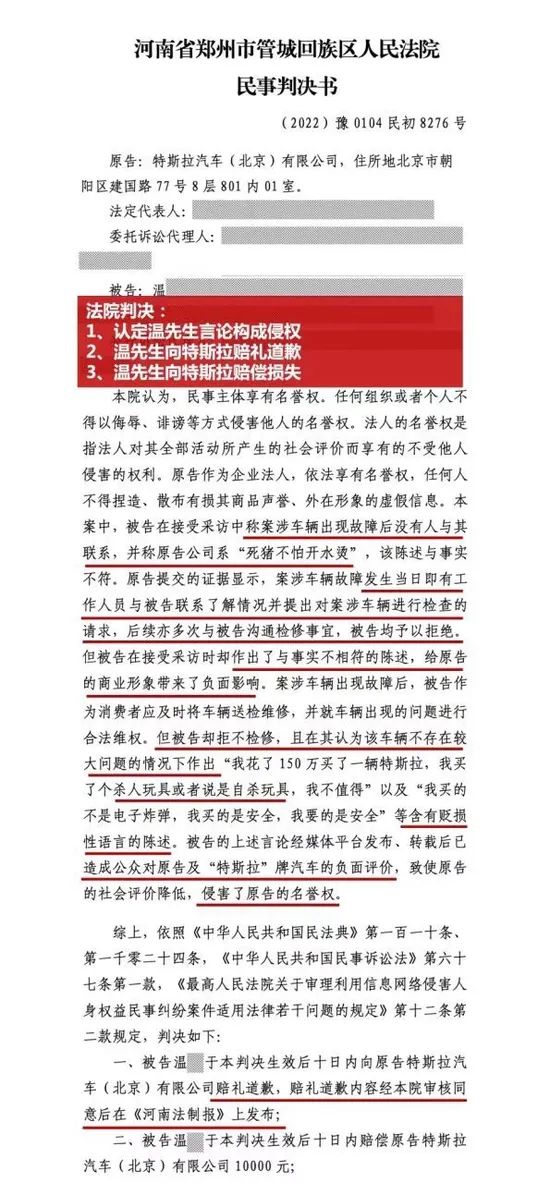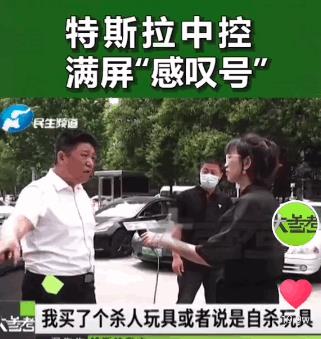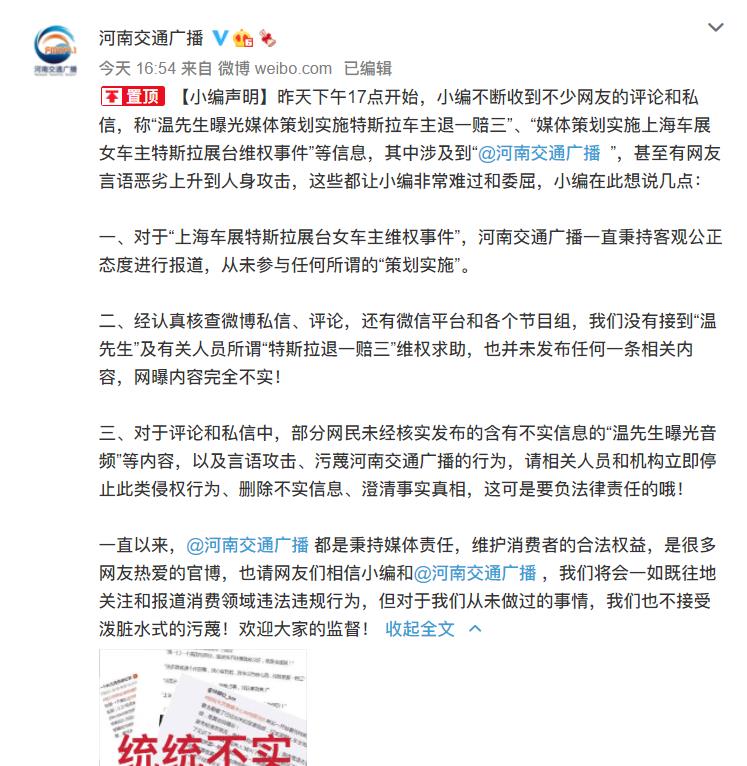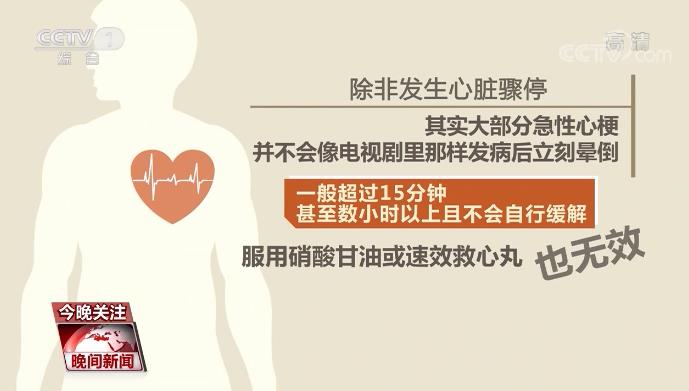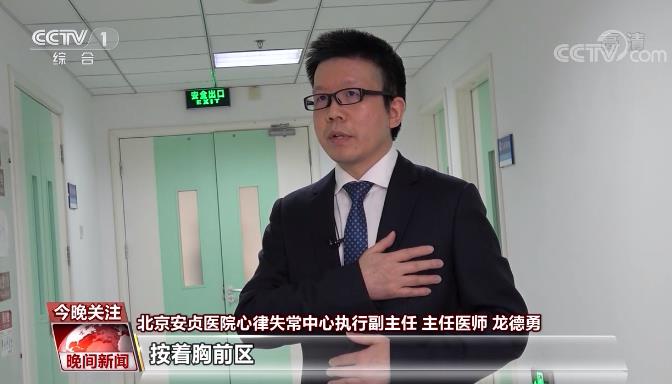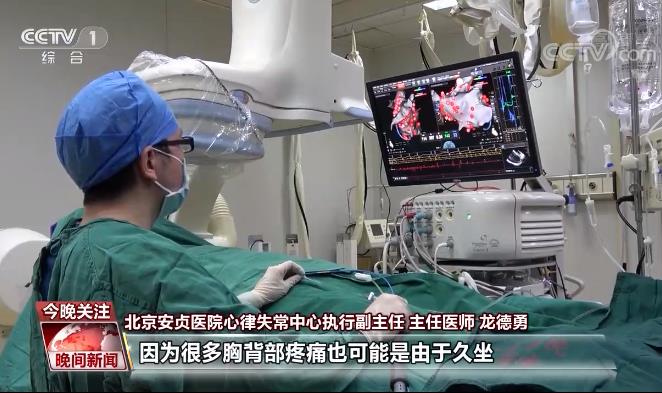In order to further improve the management of conservation tillage projects, accelerate the popularization and application of conservation tillage technology, promote the standardization, institutionalization and scientificity of project implementation, expand the scope and scale of conservation tillage implementation, and enhance the implementation effect of conservation tillage, our department2003Code for the Implementation of Conservation Tillage Projects (Trial), Key Points for the Implementation of Conservation Tillage Projects (Trial) and2004The Measures for Inspection and Evaluation of Conservation Tillage Projects (for Trial Implementation) issued in 2000 was revised, and the Code for Implementation of Conservation Tillage Projects and Key Technical Points of Conservation Tillage were formulated, which are hereby issued. Please conscientiously implement them according to the actual situation.
The original Code for Implementation of Conservation Tillage Projects (Trial), Key Points for Implementation of Conservation Tillage Projects (Trial) and Measures for Inspection and Evaluation of Conservation Tillage Projects (Trial) shall be abolished as of the date of issuance of this notice.
General office of agriculture department
June 13th, 2011
Code for implementation of conservation tillage projects
I. General rule
the first In order to do a good job in the organization and implementation of conservation tillage demonstration and promotion projects and do a good job in the construction of project demonstration areas, this specification is formulated according to the relevant requirements of financial project expenditure management.
the second This specification is applicable to the demonstration and extension projects of conservation tillage organized and implemented by the Ministry of Agriculture.
Second, stand up item
Article Project principle
The establishment of conservation tillage demonstration and extension projects follows the principles of unified planning, openness and transparency, and step-by-step implementation.
The demonstration and extension project of conservation tillage shall be established by the county (field) and organized for implementation.
Article 4 contents of a project
Conservation tillage demonstration and extension projects include the construction of experimental demonstration areas, the construction of extension areas, and the improvement of technical support capabilities.
oneConstruction of experimental demonstration area.Adopt the conservation tillage technology mode suitable for local conditions, build a standardized conservation tillage model field, and form a systematic conservation tillage mechanization operation specification. Explore an effective way to establish a long-term mechanism for conservation tillage.
2Construction of promotion areas.Relying on the experimental demonstration area, through technical guidance, publicity and training, operation subsidies and other measures, we will build a conservation tillage technology promotion area with a certain scale and gradually expand the popularization and application scope of conservation tillage technology.
threeImprove the technical support ability.Organize conservation tillage technology training, publicity and machine selection, establish a team of rural conservation tillage technology instructors, and assist county-level agricultural mechanization extension institutions to carry out conservation tillage technology demonstration and application, effect monitoring, data collection and other work.
Article 5 project (life) cycle
The implementation period of the project county is three years, the first and second years are the period of project construction and improvement, and the third year is the period of consolidation, implementation, expansion and popularization.
After the end of the three-year implementation period, according to the effectiveness of each project county, select the best and continue to support it.
Article 6 Project establishment procedure
According to the requirements of the annual project establishment guidelines put forward by the Ministry of Agriculture, the competent departments of agricultural mechanization of provinces (autonomous regions and municipalities) organize the project establishment declaration work in combination with local conditions.
oneSelect the project county (field).Choose the county (field) that the local government attaches great importance to, the functional departments have solid work, the level of agricultural mechanization and high enthusiasm for conservation tillage, and the implementation of conservation tillage has good conditions to declare.
2Delineate the project area.According to the requirements of the guide, determine the pilot demonstration area and promotion area of each project county (field). It is necessary to choose areas where conditions are relatively suitable, land is relatively concentrated and contiguous, and it is convenient for mechanical operation. The implementation of land plots should be implemented in townships, villages and households. The project area should be marked one by one on the administrative division map and reported with the project materials.
threePrepare the project declaration.The main contents include: the basic situation of the project county (field), including the present situation of nature, economy, agriculture and agricultural mechanization, and the basis of technology popularization and application; Construction content, scale and objectives; Layout of experimental demonstration area and promotion area; The technical scheme to be adopted; Estimation and source of funds; Expected results; Assessment indicators; Annual implementation plan; Project organization and management, including organization and leadership, management mode, operation mechanism, supporting policies and measures; Relevant supporting documents, etc.
four. Project declaration.The competent department of agricultural mechanization in each project county (field) will report to the provincial competent department of agricultural mechanization; After the audit by the provincial agricultural mechanization department, it shall be reported to the Agricultural Mechanization Management Department of the Ministry of Agriculture for review, demonstration and approval.
Iii. Organization, implementation and management
Article 7 Organization and division of labor
oneThe Agricultural Mechanization Management Department of the Ministry of Agriculture is generally responsible for the organization, implementation and management of the project, and organizes the Agricultural Mechanization Technology Development and Extension Station of the Ministry of Agriculture, the Agricultural Machinery Test and Appraisal Station of the Ministry of Agriculture, the Conservation Tillage Research Center of the Ministry of Agriculture and other units to carry out the work of project declaration review, technical guidance, technical training and publicity exchange, project implementation inspection, summary and acceptance of summary materials, selection of supporting machines, effect monitoring and technological innovation.
2The provincial agricultural mechanization department is responsible for organizing the project planning, declaration, fund implementation, organization and implementation, supervision and inspection in this province. The technology promotion department is responsible for the preliminary examination of the project declaration, technical guidance, technical training and publicity and exchange, implementation inspection, material summary and other work, and assists the competent department of agricultural mechanization in this province to organize and carry out technological innovation research and machine development and improvement. The appraisal department is responsible for the selection and quality supervision of supporting machines and tools.
Provincial agricultural mechanization departments should set up project management offices and technical expert groups. The project management office consists of financial planning, science and education, promotion, appraisal and other relevant departments; The technical expert group consists of experts in agricultural machinery and agronomy.
threeThe competent department of agricultural mechanization in the project county (field) organizes the selection of project sites, the preparation and reporting of declaration forms, the formulation of implementation plans and the implementation of project funds. County-level agricultural mechanization technology extension institutions and other departments cooperate to carry out the construction of experimental demonstration areas and extension areas and the promotion of technical support capacity.
The project county (field) shall set up a project implementation leading group, headed by the government in charge of agriculture, and composed of leaders of agricultural mechanization, agriculture and other competent departments. At the same time, a technical guidance group composed of agricultural machinery and agro-technical extension backbones was established.
Article 8 project implementation
The provinces organize the project counties to prepare implementation plans according to the declaration approved by the Ministry of Agriculture, and strictly follow them.
After the project is approved and implemented, signboards should be set up in a prominent position in the project experimental demonstration area and promotion area, indicating the project name, demonstration and promotion objectives, main technical contents, project start-stop time and project undertaker, etc.
The competent departments of agricultural mechanization at all levels should implement their responsibilities, organize and guide the project undertaker to implement conservation tillage according to local conditions, and strengthen the supervision and inspection of project implementation. The results of supervision and inspection will serve as a reference for project acceptance. Encourage research on technological innovation.
Article 9 Implementation report
oneProvincial agricultural mechanization departments should often submit the progress of project implementation to the agricultural mechanization management department of the Ministry of Agriculture in the form of briefings, network information and work dynamics.
2Every year11moon30A few days ago, the provincial department in charge of agricultural mechanization should submit the statistical table of the annual implementation of the project and the annual work summary (A4Paper format printing), in duplicate, submitted to the Agricultural Mechanization Management Department of the Ministry of Agriculture and the Agricultural Mechanization Technology Development and Extension Station of the Ministry of Agriculture.
threeEvery yearonemoon15A few days ago, the provincial department in charge of agricultural mechanization was responsible for submitting the final accounts of the project last year and the preparation instructions to the agricultural mechanization management department of the Ministry of Agriculture.
Article 10 Effect monitoring
Relying on the Conservation Tillage Research Center of the Ministry of Agriculture, organize relevant units to carry out comparative experiments and do a good job in monitoring the implementation effect.
The monitoring points of the implementation effect of ministerial conservation tillage should be continuous. The monitoring contents include:
oneComparison of yield and cost between conservation tillage and traditional tillage.
2Soil water retention capacity, organic matter status, wind erosion and water erosion degree change, energy saving and consumption reduction, etc.
threeOther monitoring contents such as the change trend of diseases, pests and weeds.
Article 11 Asset registration and file management
Each project county (field) should establish special files, register the formed assets item by item, and formulate corresponding management and use norms. Relevant documents, technical data and words, charts, pictures, audio-visual materials formed in the work, etc., should also establish special files. Asset registration and file management should be handled by a special person.
Article 12 administration of funds
All project undertakers should strictly implement the relevant provisions of financial project expenditure management and project budget, strengthen fund management, resolutely put an end to the establishment of "small treasury", and improve the efficiency and safety of fund use.
Iv. acceptance and evaluation
Article 13 project acceptance
The provincial agricultural mechanization department is responsible for the project acceptance of each project county (field).
Provincial agricultural mechanization departments should complete the acceptance of counties (fields) within half a year after the end of the project, and the acceptance basis is the project declaration approved by the Agricultural Mechanization Management Department of the Ministry of Agriculture and the project implementation plan formulated accordingly. At the time of acceptance, the project county (field) shall provide relevant acceptance materials.
Acceptance materials include:
oneThe project declaration approved by the Agricultural Mechanization Management Department of the Ministry of Agriculture and the project implementation plan formulated accordingly.
2Work summary report. Including task completion, work development, use of funds, implementation of work measures, performance evaluation, establishment of long-term mechanism, existing problems and suggestions.
threeTechnical summary report. Including technical model, technical specification, comparative test of technical application and technical innovation, input and use of machines and tools, local farmers’ understanding and social effects, and analysis of economic, social and ecological benefits of the project.
fourProof materials (issued by the statistics department or the competent agricultural department at or above the township level).
Article 14 Project evaluation
The Agricultural Mechanization Management Department of the Ministry of Agriculture evaluates the implementation of projects in various provinces. The evaluation results are divided into excellent, qualified and unqualified. For the provinces with excellent evaluation, priority should be given to supporting the follow-up projects and funds. Those who fail to pass the examination shall be rectified within a time limit. Evaluation materials include:
oneEvaluation form.
2.Summary report on provincial work.
three.Provincial technical summary report.
four.Original materials of acceptance results.
V. Attachment rule
Article 15 The provincial department in charge of agricultural mechanization may formulate the detailed rules for the implementation of this province (autonomous region or municipality) according to this specification, and report to the Agricultural Mechanization Management Department of the Ministry of Agriculture for the record.
Article 16 This specification is interpreted by the Agricultural Mechanization Management Department of the Ministry of Agriculture.
Article 17 This specification shall come into force as of the date of issuance.
Key technical points of conservation tillage
Conservation tillage is an advanced agricultural technology that is sown by no-tillage or less tillage under the condition that the surface is covered with crop straw or stubble.
The main purposes of conservation tillage are: first, to improve soil structure, improve soil fertility, increase soil water storage and water conservation capacity, enhance soil drought resistance and increase grain yield; The second is to enhance soil erosion resistance, reduce soil wind erosion and water erosion, and protect the ecological environment. Third, reduce operation links, reduce production costs and improve the economic benefits of agricultural production. The basic characteristics of conservation tillage are that the land is not plowed and the surface is covered with straw or stubble.
According to the principle of conservation tillage technology and the practice of developing conservation tillage in different regions, the key technical points and recommended technical models of six suitable regions are put forward. In practical application, we can integrate with other technologies according to the regional characteristics and follow the technical points, and innovate the technical mode suitable for this region.
One,Ridge farming area in northeast China(including paddy fields in Northeast China)
The main problems in this region are: seasonal drought; Long-term ploughing forms the plough bottom, which makes the plough layer shallow; Decline of soil fertility, land degradation, etc.
(A) the technical points of key links
oneLeisure period
Minimize ground breaking, preferably no tillage; Straw mulching can store more rain and snow and reduce water evaporation. If stubble mulching is adopted, high stubble should be left as far as possible; If subsoiling is carried out in the leisure period, a moisture collector is required to reduce moisture evaporation.
2Sowing date
Encourage direct sowing by no-tillage method. In the case of large amount of straw, uneven straw coverage and uneven soil, in order to improve the sowing quality, appropriate less tillage method can be adopted to reduce the straw coverage on the surface or level the land.
threeField management period
According to the local production practice, thinning seedlings, topdressing, pest control and so on. In order to break the bottom of the plow, reduce soil hardening and store rainwater, subsoiling can be carried out without affecting crop growth.
fourHarvest period
Straw can be crushed and returned to the field at the same time of harvesting, and the crushed straw should be evenly scattered.
(B) recommended technology model
oneLess tillage, stubble cleaning and sowing in the original ridge.Straw or stubble should be covered for overwintering, and sowing should be done in the original ridge in spring, and the amount of ground breaking should be reduced as much as possible to reduce water evaporation and operation energy consumption.
2No-tillage sowing with staggered rows of original ridges.Straw or stubble cover the winter, and when sowing in spring, stagger the original stubble for no-tillage sowing.
threeNo-tillage sowing in the original ridge.Straw crushing or stubble mulching overwintering, and direct no-tillage sowing on the original ridge in spring.
fourLess tillage and planting in paddy fields in Northeast China.In autumn, no-tillage stubble overwinters in paddy field. Before transplanting rice, strip rotary tiller is used to carry out strip rotary tillage and fertilization suppression operation. After soaking in the field, rice seedlings are transplanted in rotary tillage belt.
Second,Farming-pastoral ecotone along the Great Wall
The main problems in this region are: severe drought in spring affects timely sowing, and it is easy to cause seed exposure and seedling emergence, and the seedling rate is low; The wind erosion of farmland is serious, and the desertification trend is intensifying.
(A) the technical points of key links
oneLeisure period
No tillage. Cover with as much straw as possible to store more rain and snow and reduce water evaporation; If stubble mulching is adopted, high stubble should be left as far as possible.
2Sowing date
Encourage direct sowing by no-tillage method. In the case of extreme drought, measures such as sitting in water and sowing can be adopted.
threeField management period
According to the local production practice, thinning seedlings, topdressing, pest control and so on.
fourHarvest period
Straw can be crushed and returned to the field at the same time of harvesting, and the crushed straw should be evenly scattered. In windy areas, the crushed straw can be fixed in an appropriate way.
(B) recommended technology model
oneNo-tillage and mulching sowing.Straw or stubble should be left to cover the winter, and no-tillage should be used for sowing in spring, so as to avoid the original stubble as far as possible, so as to improve the coverage rate of ground straw after sowing, ensure the smooth germination of seeds and protect the growth of seedlings.
2No-tillage and sitting in water for sowing.Straw or stubble mulch overwintering, in the case of extreme drought in spring, soil moisture can not guarantee sowing, with water supplement technology, no-tillage and sitting water sowing.
threeStrip no-tillage and mulching sowing.In order to solve the problems of large amount of soil for potato planting and exposed farmland prone to wind erosion, strip no-tillage mulching sowing technology can be adopted. The technical point is that potatoes are planted in a conventional way, and other crops are sown in straw or stubble covered fields with no-tillage fertilization seeder.
fourNo-tillage and replanting of forage.It is mainly suitable for grassland improvement and no-tillage planting forage grass in abandoned land and abandoned land. In rainy season, no-tillage replanting (sowing) forage grass with no-tillage replanting machine is adopted to increase the surface coverage, reduce water evaporation and promote grassland vegetation restoration.
Third,Northwest Loess Plateau
The main problems in this region are: serious soil erosion; Drought and water shortage; Organic matter decline, etc.
(A) the technical points of key links
oneLeisure period
Summer leisure: no tillage or less tillage, straw or stubble mulching. Subsoiling can be selectively carried out to increase the capacity of rainwater storage, and the soil moisture should be combined at the same time. According to the conditions of soil fertility, water content, straw retention, etc., the covered crops are selectively planted in the form of less no tillage, and after harvesting, the ground is covered, and ploughing and burying are not allowed.
Winter leisure: no tillage or less tillage, straw or stubble mulching. If stubble mulching is adopted, high stubble should be left as far as possible. According to the conditions of soil fertility, water content, straw retention, etc., the covered crops are selectively planted in the form of less no tillage, and after harvesting, the ground is covered, and ploughing and burying are not allowed.
2Sowing date
Sowing before winter: sowing with less tillage or no tillage. Before sowing, weeds or secondary wheat can be eliminated by mechanical or chemical means according to the surface conditions.
Spring sowing: No-tillage sowing. If the straw coverage is large, less tillage can be adopted before sowing to reduce the straw coverage on the surface to improve the sowing quality; In the case of extreme drought, measures such as sitting in water and sowing can be adopted.
threeField management period
According to the local production practice, thinning seedlings, topdressing, pest control and so on. In order to break the bottom of the plow, reduce soil hardening and store rainwater, subsoiling can be carried out without affecting crop growth.
fourHarvest period
Straw can be crushed and returned to the field at the same time of harvesting, and the crushed straw should be evenly scattered. In windy areas, the crushed straw can be fixed in an appropriate way.
(B) recommended technology model
oneNo-tillage and mulching sowing.Straw or stubble mulching and no-tillage sowing in leisure period.
2Sow with less tillage and mulch.According to the coverage of straw on the surface and the soil condition, the seeds are sown after selective less tillage operations such as subsoiling and harrowing.
threeStrip no-tillage and mulching sowing.In order to solve the problems of large amount of soil for potato planting and exposed farmland prone to wind erosion, strip no-tillage mulching sowing technology can be adopted. The technical point is that potatoes are planted in a conventional way, and other crops are sown in straw or stubble covered fields with no-tillage fertilization seeder.
fourFor the technical model of double cropping area in one year, please refer to the relevant requirements of Huang-Huai-Hai flat cropping area.
Fourth,Northwest oasis agricultural area
The main problems in this region are: water resources are in short supply, there is no agriculture without irrigation, and the utilization rate of irrigation water is low; Drought and little rain, strong monsoon in winter and spring, serious soil wind erosion; Soil organic matter decreased, etc.
(A) the technical points of key links
oneLeisure period
The main requirements in leisure period are less digging, more straw and more water storage to reduce wind erosion and water erosion. In the case of good water conditions, according to the soil fertility, straw retention and other conditions, selectively use less no-tillage to plant covered crops, and cover the ground after harvest, and no ploughing and burying are allowed. Adopt water-saving technology for irrigation.
2Sowing date
Sowing before winter: sowing with less tillage or no tillage. Before sowing, weeds or secondary wheat can be eliminated by mechanical or chemical means according to the surface conditions.
Spring sowing: No-tillage sowing. If the straw coverage is large, less tillage can be adopted before sowing to reduce the straw coverage on the surface to improve the sowing quality; In the case of extreme drought, measures such as sitting in water and sowing can be adopted.
threeField management period
According to the local production practice, thinning seedlings, topdressing, pest control and so on. In order to break the bottom of the plow, reduce soil hardening and store rainwater, subsoiling can be carried out without affecting crop growth. Irrigation is carried out in a water-saving way.
fourHarvest period
Straw can be crushed and returned to the field at the same time of harvesting, and the crushed straw should be evenly scattered. In windy areas, the crushed straw can be fixed in an appropriate way.
(B) recommended technology model
oneNo-tillage and mulching sowing.Straw or stubble mulching and no-tillage sowing in leisure period.
2Sow with less tillage and mulch.According to the coverage of straw on the surface and the soil condition, the seeds are sown after selective less tillage operations such as subsoiling and harrowing.
threeStraw mulching furrow irrigation and ridge sowing planting.The water-saving technology of furrow irrigation is combined with conservation tillage technology, irrigation is carried out in furrows, and crops are planted on ridges by conservation tillage.
Five,Huang-Huai-Hai Cropping Area
The main problems in this region are: there is no leisure period between the previous and subsequent crops, and the farming time is tight; Drought and water shortage; There are many working procedures and high production cost; Large amount of straw, serious burning of straw, decline of soil organic matter, etc.
(A) the technical points of key links
oneStraw mulching
Summer: after wheat harvest, the straw is crushed and scattered evenly, covering the ground; Or after the straws are picked up, stubble is left for covering.
Autumn: after the corn is harvested, the whole straw is covered or the straw is crushed, scattered and evenly covered; If silage is used for harvesting, stubble can be left to cover.
2Sowing date
Summer sowing crops should be sown in no-tillage mode, and in the case of large amount of straw, less tillage mode can be used.
For autumn sowing crops, in a large number of corn stalk covered areas, less tillage or no tillage can be used to sow; If in silage corn field, no-tillage sowing should be adopted.
threeField management period
According to the local production practice, thinning seedlings, topdressing, pest control and so on. In order to break the bottom of the plow, reduce soil hardening and store rainwater, subsoiling can be carried out without affecting crop growth. Irrigation is carried out in a water-saving way.
fourHarvest period
Straw can be crushed and returned to the field at the same time of harvesting, and the crushed straw should be evenly scattered.
(B) recommended technology model
oneNo tillage in summer and less tillage and sowing in autumn.After harvesting wheat in summer, under the condition of straw or stubble mulching, no-tillage sowing corn; After corn harvest in autumn, under the condition of stubble or straw mulching, less tillage and sowing wheat.
2No-tillage and mulching sowing for two crops.After harvesting wheat in summer, under the condition of straw or stubble mulching, no-tillage sowing corn; After corn harvest in autumn, under the condition of stubble or straw mulching, no-tillage sowing wheat.
Six, the southern continuous cropping area
The main problems in this region are: more than one year of cropping, continuous cropping of flood and drought, no leisure period; There are many working procedures and high production cost; The amount of straw is large and the burning is serious; Soil organic matter decreased; High temperature and high humidity, drought and flood, serious diseases and pests.
(A) the technical points of key links
oneRice harvesting and sowing of dry crops
After the rice is harvested, the straw is crushed and evenly scattered to cover the ground; Or after the straws are picked up, stubble is left for covering.
Rapeseed and wheat are sown by no-tillage or less tillage, and three ditches (compartment ditch, waist ditch and enclosure ditch) are opened at the same time, which is convenient for drought resistance and drainage.
2Dry crop harvesting and rice planting
After wheat and rape are harvested, straw or stubble is covered, paddy field is cultivated moderately, and straw is buried.
Rice seedlings are planted by transplanter, or rice buds are directly broadcast by direct seeding machine.
threeField management period
According to the actual growth of crops, topdressing, weeding, spraying, irrigation and drainage, or rapeseed thinning, etc.
fourHarvest period
When rice is harvested, straw should be crushed, and the length of straw should be short, in line with the relevant provisions of the state, and scattered evenly. When harvesting rape and wheat, straw crushing is not required.
(B) recommended technology model
oneOil (wheat)-rice continuous cropping.After the rape (wheat) is harvested, the paddy field is properly prepared, the straw or weeds are buried, and the rice is mechanically transplanted or directly seeded; After rice harvest, weed control and rape (wheat) should be sown without tillage.
2Fertilizer-rice continuous cropping.After the rice is harvested, the straw is covered and returned to the field, and green manure is sown without tillage; After harvesting the green manure, cultivate it properly and bury the green manure or weeds; Mechanical transplanting or direct seeding of rice.
